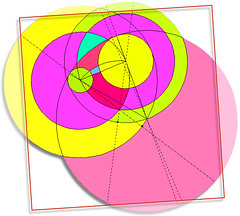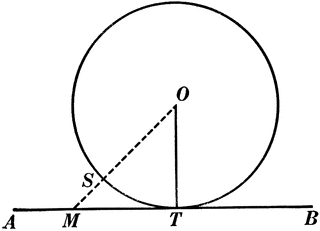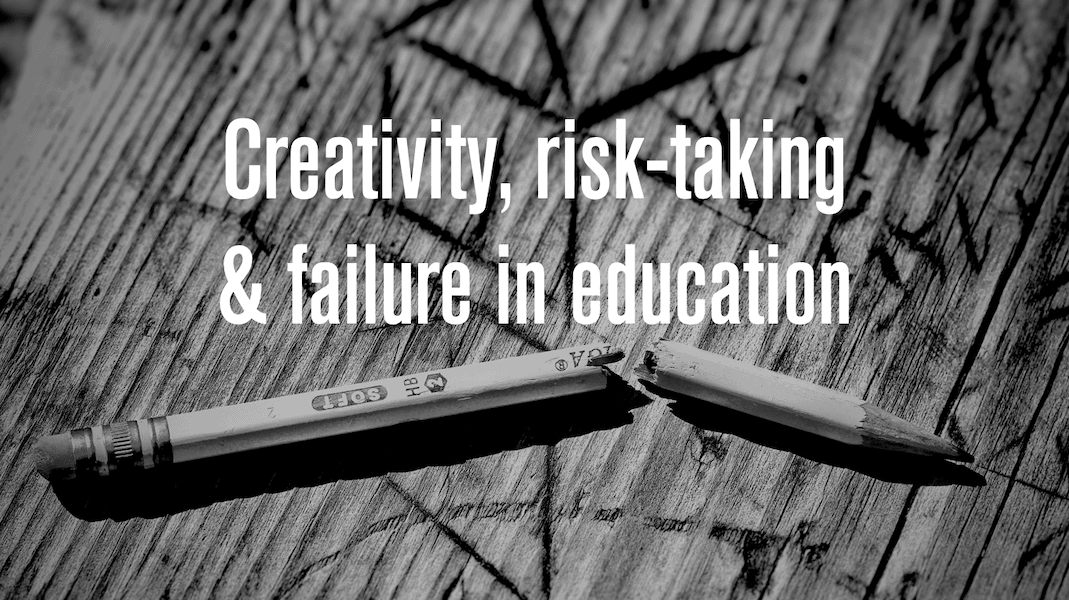A tangent, a line and a circle
A math poem

Image credit: chrstphre (on Flickr)
A point outside a circle,
shoots out two lines
one heading for the center
the other more feline
smoothly kisses the curve
That delicate swerve
of the ball and then, abruptly
turns to the center,
making an angle
and meets the first
which went on straight
To thus form a triangle.
The angle formed by the tangent
And the other line, the radius
the mathematical mind sees
is exactly 90 degrees!
And funnily enough, it doesn’t matter
where the initial point is, the starter
Where ever it may be
(as long as it is outside the circumference)
The angle will always be 90!
Did that make sense?
A poem on the fact that a tangent to a circle is perpendicular to the radius drawn to the point of tangency. See image below

Image from ETC, an online service of Florida’s Educational Technology Clearinghouse




Thanks for sharing. This is a super useful post